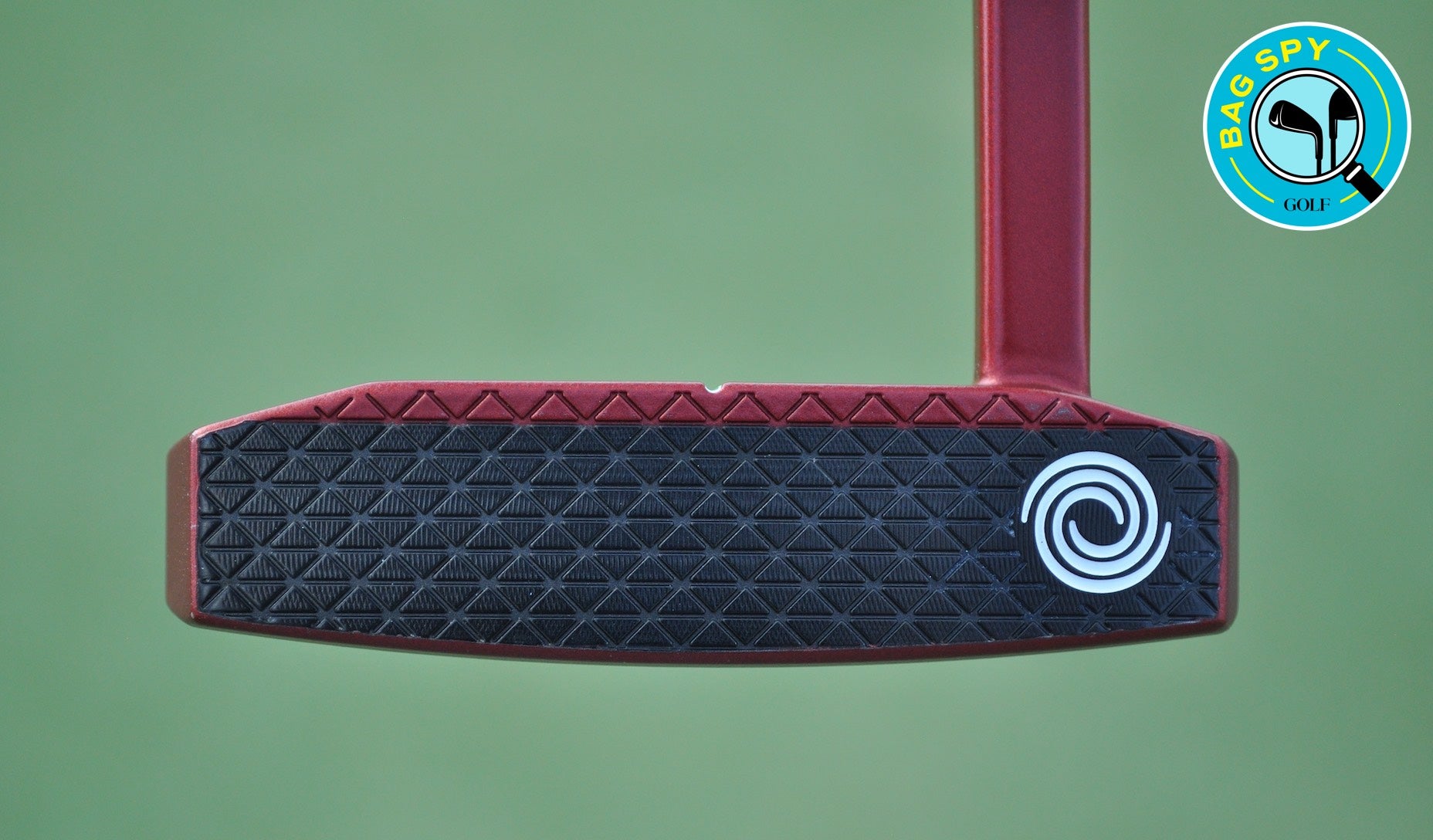
The gear crew at GOLF.com spends much time at Tour events snapping photographs of the tools used by the best players in the world. Posting club images online without context sometimes works, but it doesn’t help the weekend golfer understand the why behind a pro’s setup. In a new GOLF.com series, equipment editors Jonathan Wall and Ryan Barath answer those questions by highlighting interesting clubs in players’ bags, unique weighting, loft sleeve settings and more. Welcome to “Bay Spy.”
***
It’s always good to have friends in high places. For this week’s edition of Bag Spy, we contacted another gearhead to help us spotlight some of the intricacies of Xander Schauffele’s equipment setup — Callaway’s content marketing manager, Johnny Wunder.
As Gene Parente has said many times on the Fully Equipped podcast, Wunder is a “gear sicko” who knows his stuff and spends countless hours with Callaway’s Tour staff, including Schauffele.
Below are seven Schauffele gear insights from GOLF’s equipment crew and Wunder.
1. Old school-ish
Jonathan Wall/GOLF
In an industry where iron lofts continue to shade stronger, Schauffele prefers to go the opposite direction with his Callaway Apex TCB. A bowed left wrist at impact is the main contributor behind his decision to weaken his irons anywhere from 1.25 to 1.5 degrees across the board. His 9-iron is actually 2 degrees weak at 44 degrees — the retail 9-iron is 42 degrees — but that’s the absolute extreme.
Bowing the left wrist is a great way to reduce dynamic loft at impact, but too much of a good thing can have a negative effect on launch and spin. To keep his launch characteristics where he needs them, Schauffele weakens the lofts to counteract his wrist position at impact. (Just remember: Never bend your irons or wedges more than 2 degrees in either direction.)
“It’s a testament to getting fit,” Wunder said. “Any fitter who knows spin and launch angle knows that loft is your friend.”
2. It’s complicated
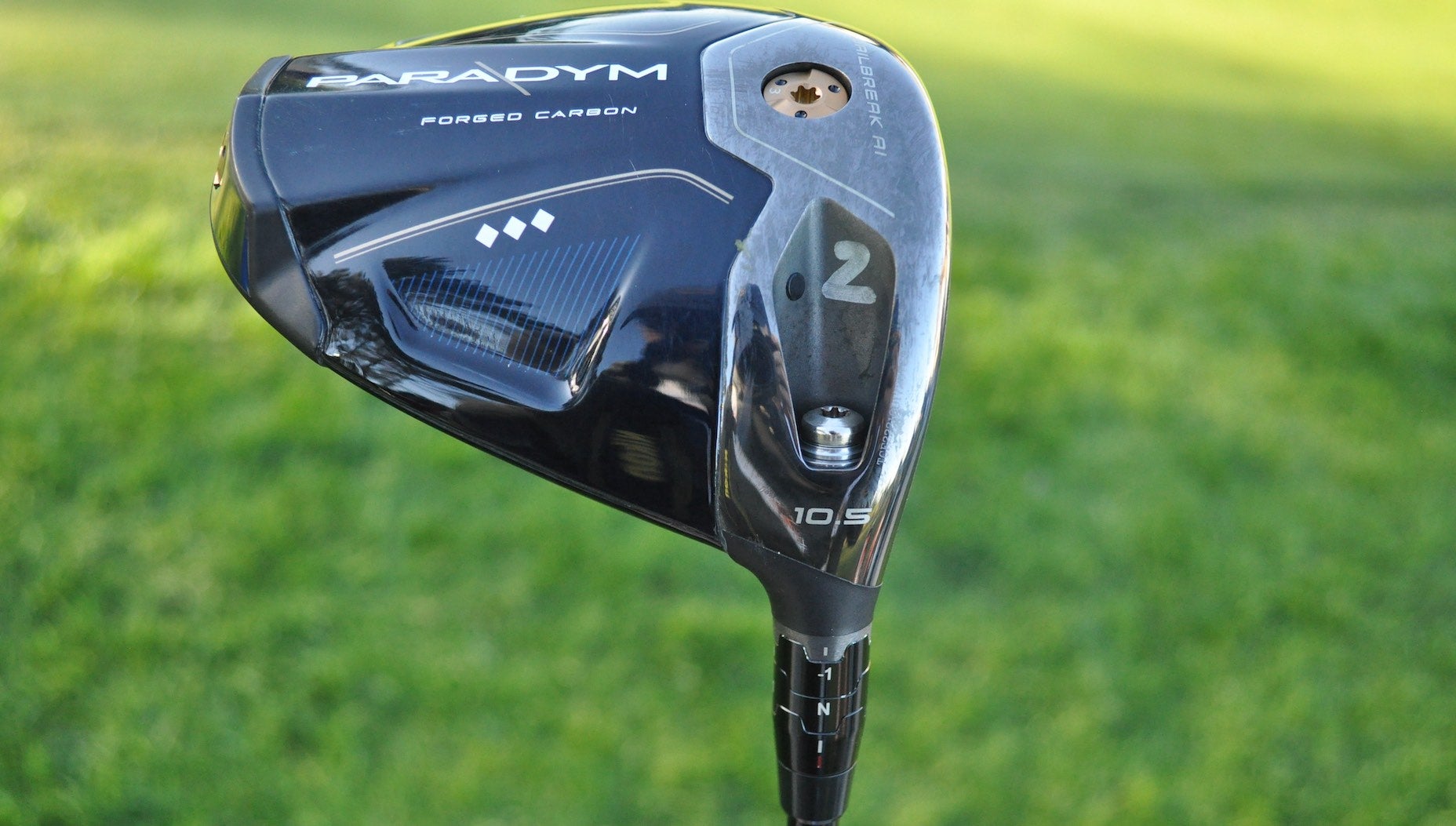
Jonathan Wall/GOLF
Speaking of loft, Schauffele adds more loft to his woods as well. But here’s where it gets really interesting — if you’re a gearhead. Along with the standard lie angle OptiFit loft sleeve, Callaway has a flat sleeve as well for Tour pros that Schauffele prefers. Only he doesn’t utilize the flat setting at the moment.
According to Wunder, it’s more of a nice-to-have in the event he needs to go flatter during the season. As someone who prioritizes his start lines, Schauffele likes to start the ball right and have it draw back to the middle. That’s the “stock shot.” To get his ideal flight and launch conditions, Schauffele takes a 10.5-degree and moves it to a finished loft of 11.1 degrees.
From there, he reduces the loft to 10.1 degrees to get an open face at address for the ideal start line.
“That gives him the right start line he wants — because it’s an open face — with enough spin to keep the draw in the air,” Wunder said.
3. Custom job
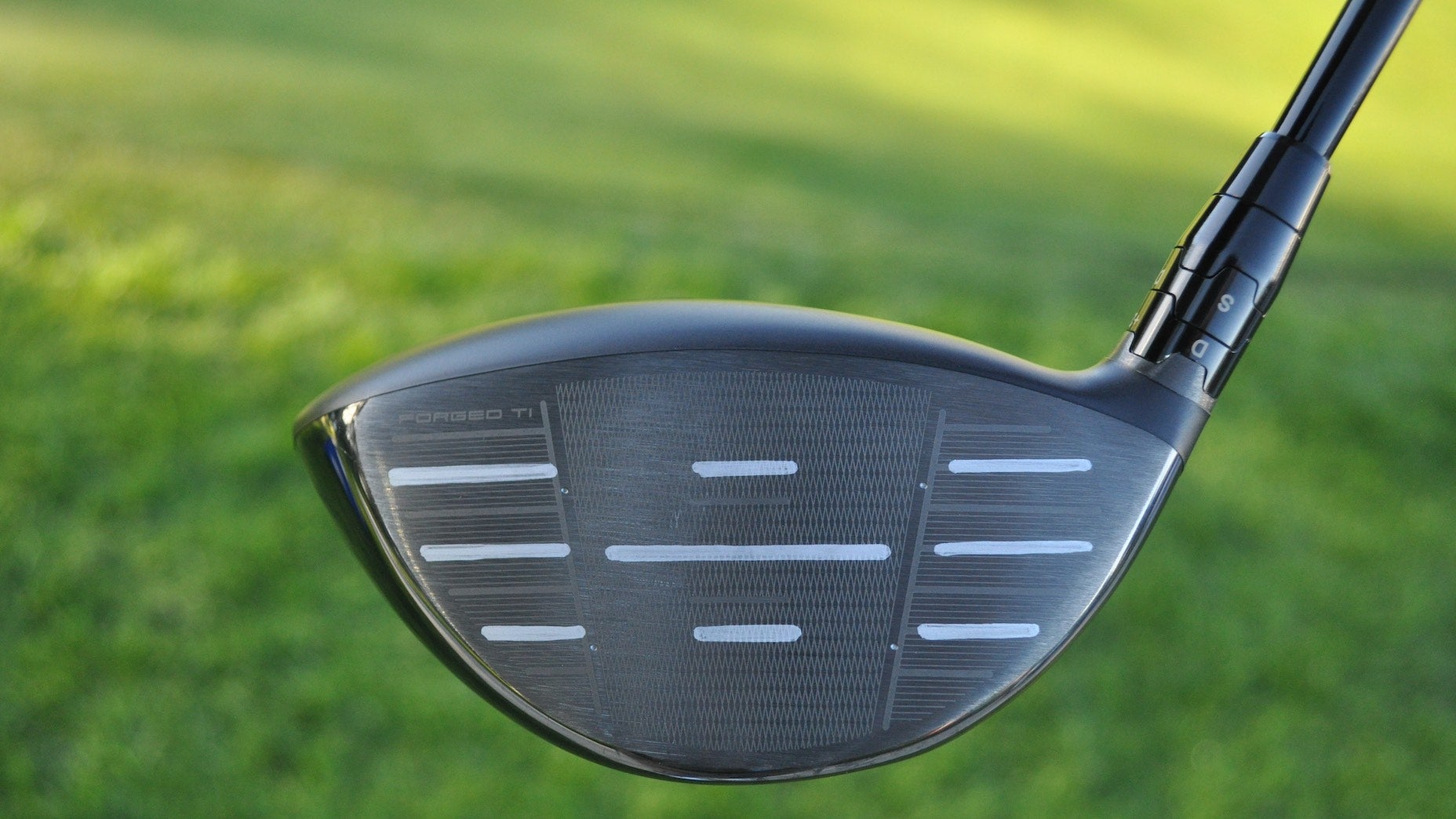
Jonathan Wall/GOLF
For the last couple of seasons, Schauffele’s driver has featured nine custom white lines on the face. To be clear, they’re drawn on with a sharpie marker — not a paint pen — to keep the face conforming. His Callaway Paradym Triple Diamond driver is no different.
With custom drivers floating around the PGA Tour, it’s natural to wonder why Schauffele is the only pro who’s DIY’ing the face of his Paradym. According to the seven-time Tour winner, there’s a simple explanation for the thick face lines.
“With the dark face, it’s tough to see those grayish lines they print on the face,” Schauffele said. “For me, they’re a little light in color. I know it’s kind of a mixed bag with players on if they want to see the face or not, so we figured it’d be easier to just make one that’s harder to see. And if someone like myself wants to see lines, we can just add them.”
Instead of asking for a completely custom driver face from Callaway, Schauffele’s caddie, Austin Kaiser, draws white sharpie lines on the face to mimic the pattern of the scoring lines found on his previous Callaway Mavrik.
“I’m not meticulous or tedious enough to draw those on the face myself,” Schauffele said. “Austin is the only one who has enough patience to make that happen.”
In Schauffele’s eyes, the scoring lines on Mavrik remain the gold standard for visuals.
4. Confidence boost
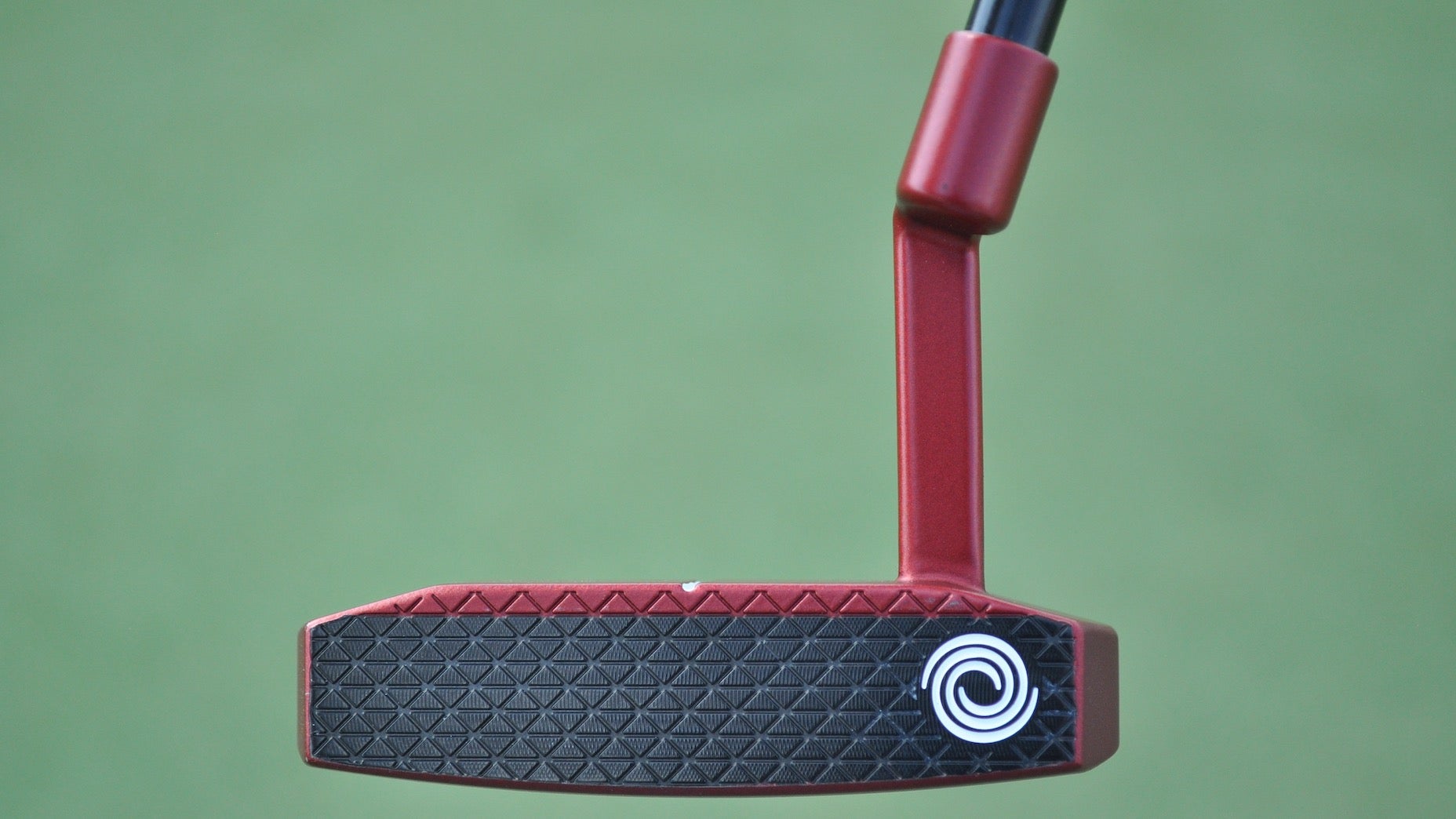
Jonathan Wall/GOLF
Those who’ve been following Schauffele’s putter changes in recent years (maybe it’s just me?!) likely know he’s rotated between two different colors — a silver Odyssey White Hot OG #7 and a recently-added Odyssey Toulon Las Vegas Prototype.
It’s essentially the same shape in two different colors. As you’d expect, visual and looks are everything at the top level of professional golf. If something looks offputting, it won’t see a single range ball. In Schauffele’s case, the red and silver have always given him good vibes on the green.
But if Schauffele had to pick just one, he’d opt for the red. In his eyes, the color makes him feel as if he’s going to hit a good putt each time. You can’t buy that kind of confidence.
And if you’re curious why Schauffele adds black paint to a section of the face, he wanted to see a dark finish that mimicked the black White Hot insert found on his old O-Works Red #7 CS wand.
5. Favorite club
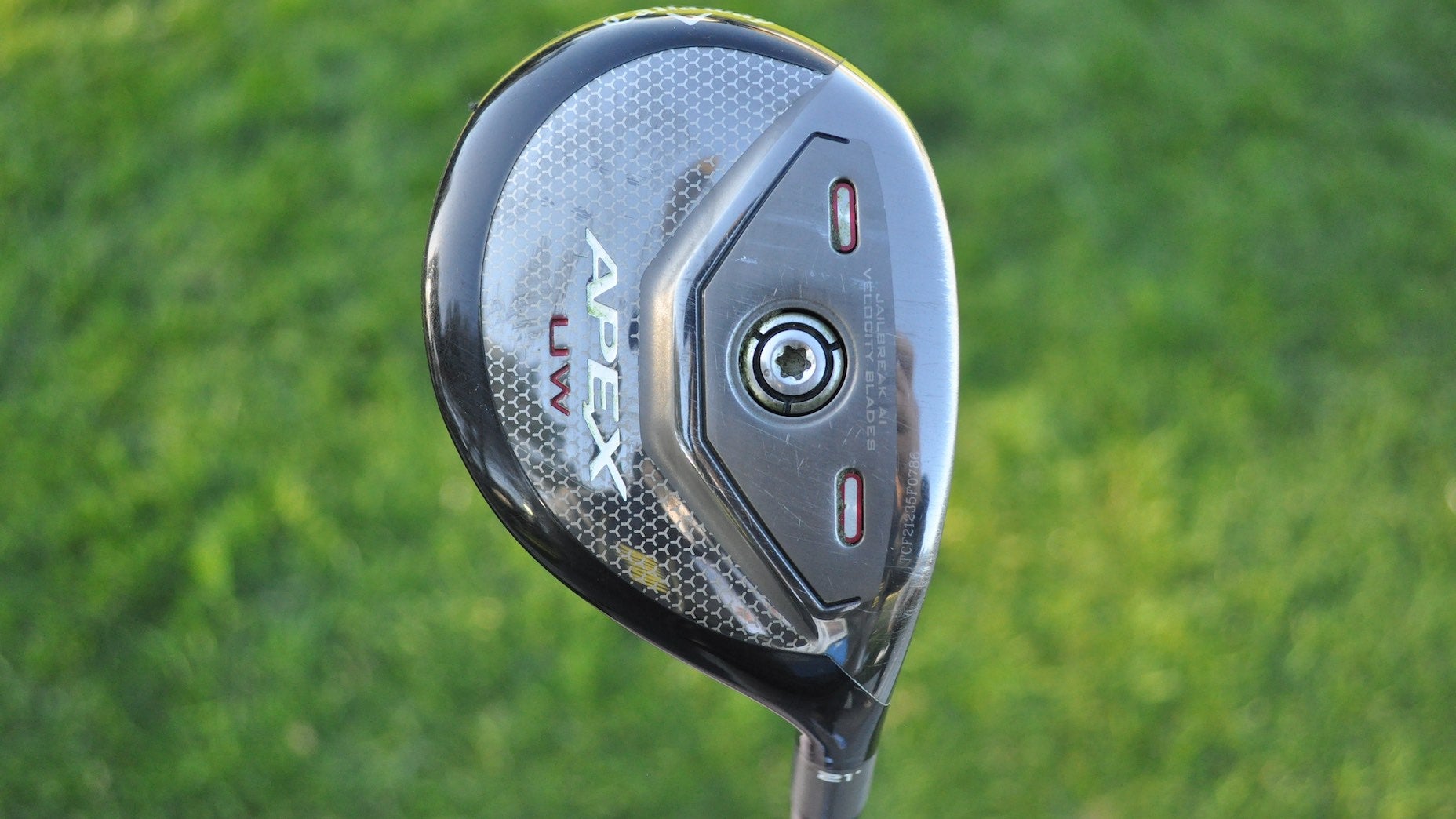
Jonathan Wall/GOLF
Ask Austin Kaiser, Schauffele’s caddie, to pick a favorite club in the bag and he’ll respond with the Callaway Apex UW. Released in 2021, the “utility wood” featured strategically-placed tungsten housed inside the head for a high launch and consistent spin characteristics with a reduced draw bias.
Due to Schauffele’s steeper angle of attack, he makes one important modification to the head, reducing the loft from 21 to 19 degrees. Going stronger generally leads to more distance, but in Schauffele’s situation, his steeper attack angle actually imparts more spin on the ball. Less loft is one way to combat the excess spin.
Schauffele plays his UW at 41.5 inches, which is slightly shorter than most of today’s 5-woods. The benefit of going shorter, in this case, is that it allows him to add another “control” club to the bag.
6. Spec change
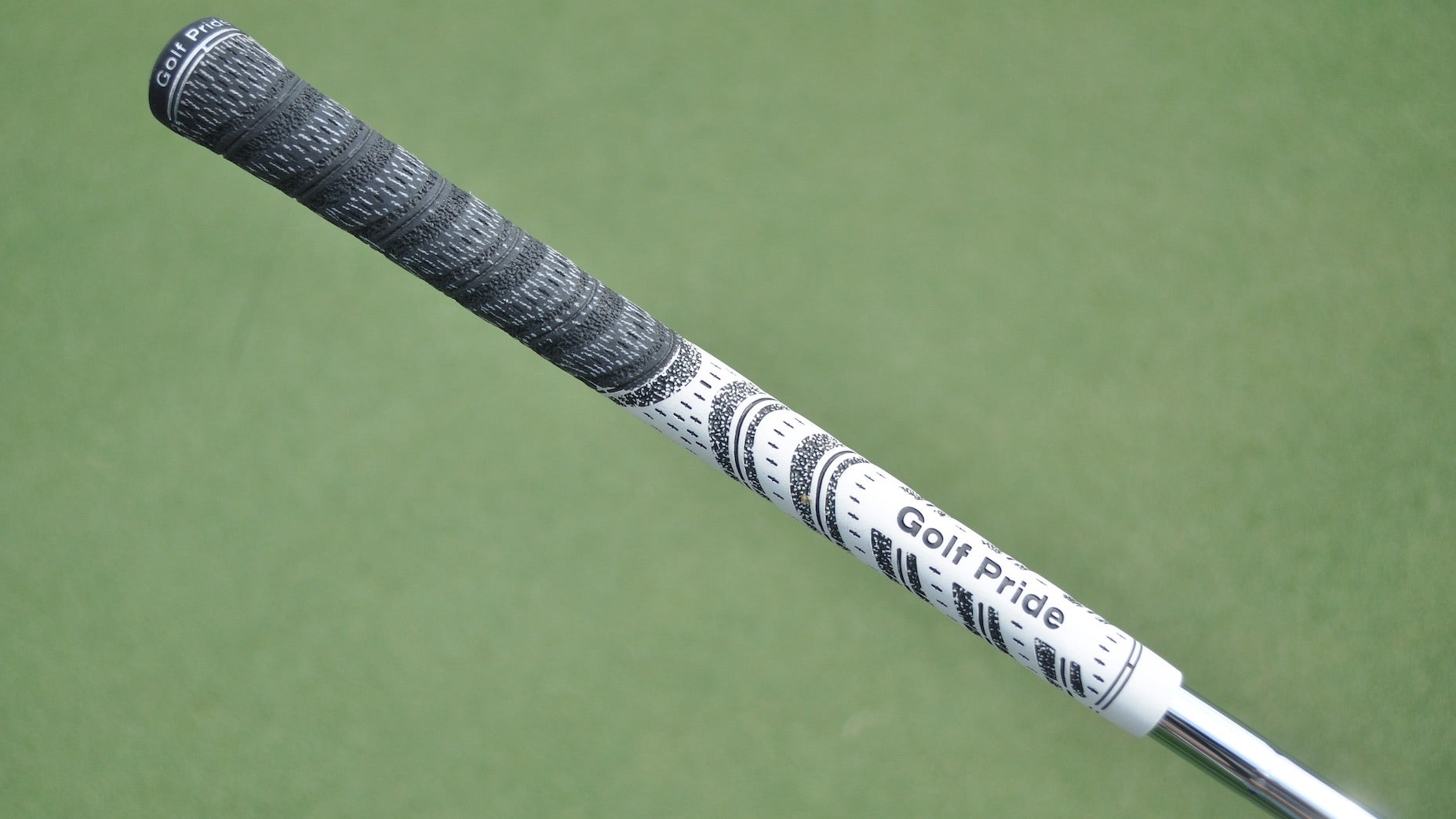
Jonathan Wall/GOLF
If you want more gear minutiae, try this one on for size: Schauffele’s Golf Pride New Decade MultiCompound (black/white) grips get progressively larger in the right hand. While the left hand is standard, the right starts with one 4-inch tape wrap, followed by a 6-inch wrap to give it a built-in taper.
“He sort of builds up the right hand,” Wunder said. “So the left hand would be considered standard and then once he gets to the right hand, he’s got a 4-inch tape in it. So it tapers. It gives him a little bit more meat in the right hand.”
Building up the lower hand can help slow down club rotation if, like Schauffele, you want to see the ball start right.
7. Classic club
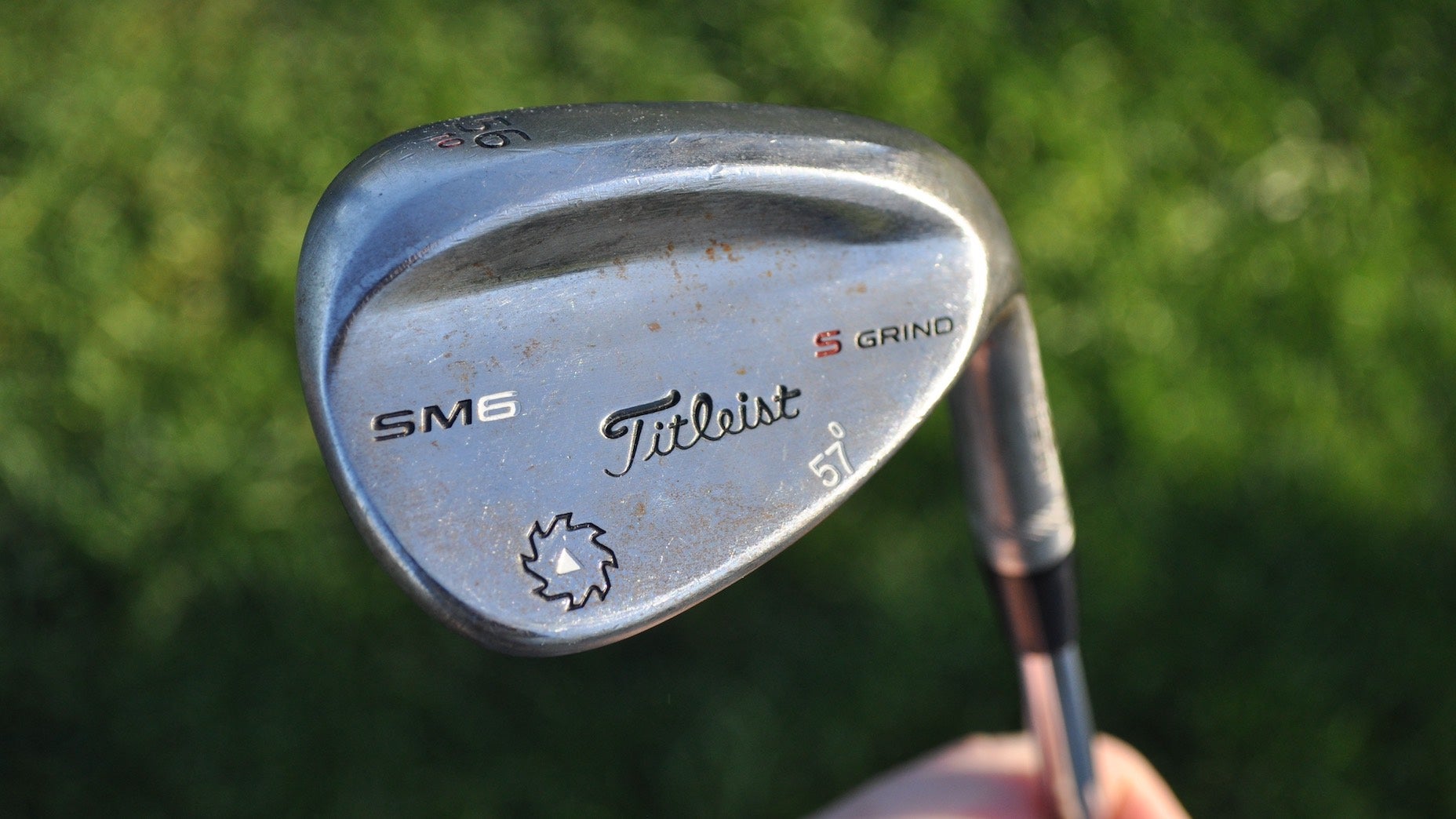
Jonathan Wall/GOLF
Professional golfers are creatures of habit. Once they find something they like, they generally do whatever it takes to hold onto it. In Schauffele’s case, he can’t quit Vokey’s SM6 wedge (57 degrees). The overall look and spin package suits his game, so he’s never seen a reason to switch things up. At the moment, he’s one of the only pros on Tour still using SM6.
The most recent SM6 sand wedge we photographed in his bag at Torrey Pines had a custom Titleist stamp on the head that you won’t find on the retail version. Something special for one of the best on the planet.
Want to overhaul your bag for 2023? Find a fitting location near you at GOLF’s affiliate company True Spec Golf. For more on the latest gear news and information, check out our latest Fully Equipped podcast below.








